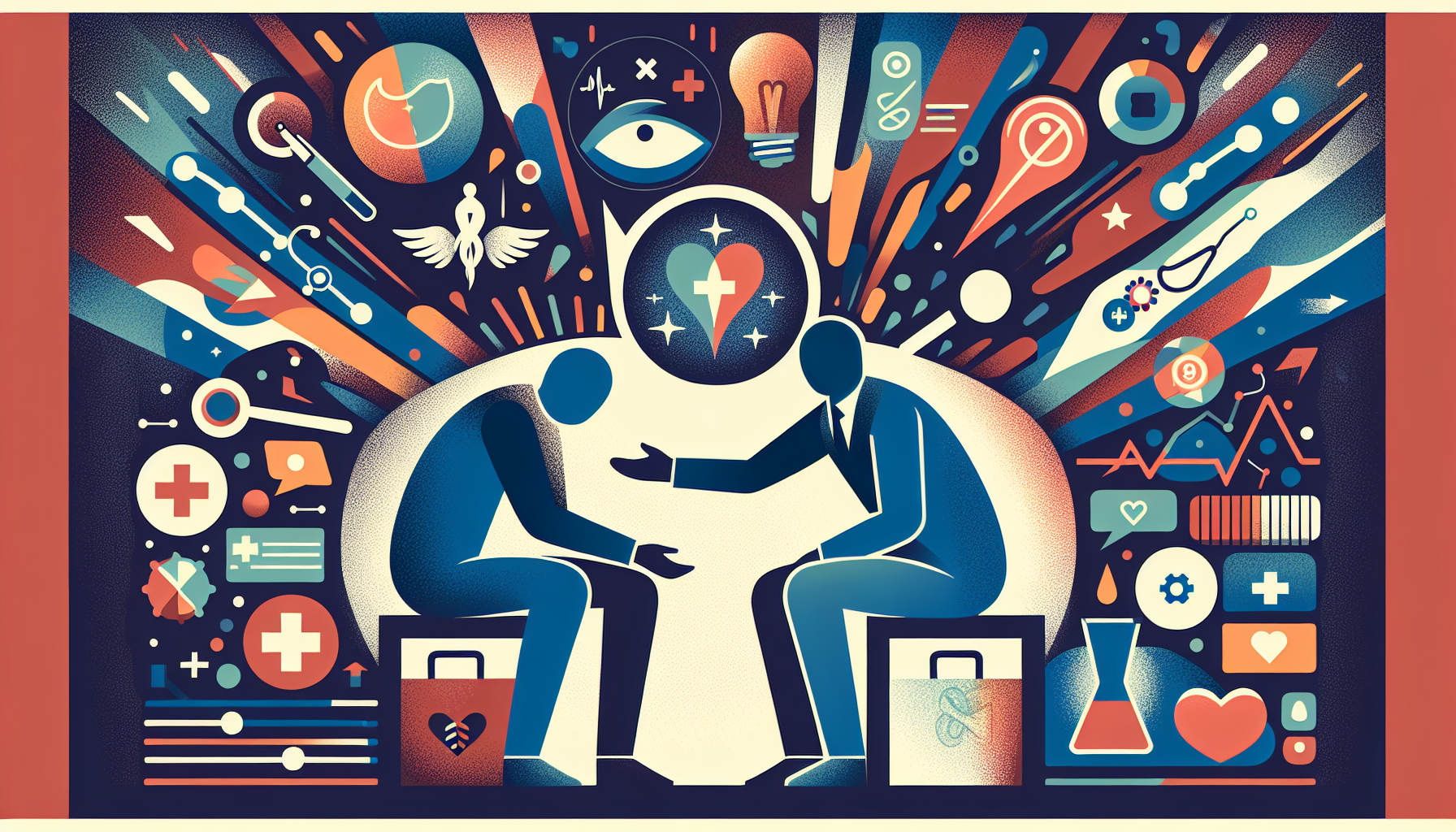Can I Take Zepbound a Day Early?
Key TakeawaysZepbound is a once-weekly injectable medication for weight management and obstructive sleep apnea (OSA) linked to obesity.Taking Zepbound a day early is [...]
Read MoreWhen seeking medical care, patients expect to be heard, understood, and treated with respect. However, some individuals may experience a phenomenon known as medical gaslighting, where healthcare professionals seem to invalidate or ignore their concerns. This dismissive behavior can lead to missed diagnoses, delayed treatment, and poor health outcomes. In this article, we'll explore what medical gaslighting is, how it can impact patient care, and what you can do to advocate for yourself in such situations.
The term "gaslighting" is typically used to describe manipulative behavior in personal relationships that causes someone to doubt their own thoughts, feelings, and perceptions. In recent years, this concept has been recognized in medical settings as well. Medical gaslighting occurs when healthcare professionals dismiss, minimize, or ignore a patient's symptoms, concerns, or experiences, causing them to question the validity of their own health issues.

When patients face medical gaslighting, it can have serious consequences for their health and well-being. Some potential effects include:
Missed or delayed diagnoses
Inadequate or inappropriate treatment
Worsening of symptoms or overall health
Diminished trust in healthcare professionals and the medical system
Reluctance to seek further medical care
These consequences can be particularly severe for individuals with chronic illnesses, rare conditions, or those from marginalized communities who may already face barriers to accessing quality healthcare.
To protect yourself from the negative effects of medical gaslighting, it's essential to recognize the signs. Some common examples of dismissive or invalidating behavior from healthcare professionals include:
Minimizing or dismissing your symptoms or concerns
Suggesting that your symptoms are "all in your head" or due to stress or anxiety
Refusing to order tests or refer you to specialists
Implying that you are exaggerating or being overly sensitive
Interrupting you or not allowing you to fully express your concerns
If you experience any of these behaviors, it's important to remember that your concerns are valid and that you deserve to be heard and treated with respect.
When faced with medical gaslighting, it's crucial to advocate for yourself and your health. Some strategies to consider include:
Be prepared: Write down your symptoms, questions, and concerns before your appointment.
Be assertive: Clearly and calmly express your concerns and experiences, and don't be afraid to ask questions.
Bring support: Consider bringing a trusted friend or family member to your appointment for emotional support and to help you remember important information.
Seek a second opinion: If you feel that your concerns are not being adequately addressed, consider seeking a second opinion from another healthcare professional.
File a complaint: If you believe you have experienced medical gaslighting or substandard care, consider filing a complaint with the appropriate regulatory body or the healthcare facility's patient advocacy department.
Remember, you are the expert on your own body and experiences. Trust your instincts and don't hesitate to speak up when something doesn't feel right. By advocating for yourself and seeking the care you deserve, you can help protect your health and well-being.
If you have experienced medical gaslighting or need support in navigating the healthcare system, there are resources available to help. Consider reaching out to patient advocacy organizations, such as Patient Advocate Foundation, National Health Council, or condition-specific support groups. These organizations can provide guidance, resources, and support as you work to ensure that your healthcare needs are met.
For more information on patient rights and advocacy, visit the U.S. Department of Health and Human Services website.
Key TakeawaysZepbound is a once-weekly injectable medication for weight management and obstructive sleep apnea (OSA) linked to obesity.Taking Zepbound a day early is [...]
Read MoreKey TakeawaysZepbound is an FDA-approved medication for chronic weight management in adults with obesity or overweight, and for moderate to severe obstructive sleep apnea [...]
Read MoreKey TakeawaysZepbound is a once-weekly injectable medication that supports weight loss by activating hormone pathways regulating appetite and digestion.After the first dose, [...]
Read More